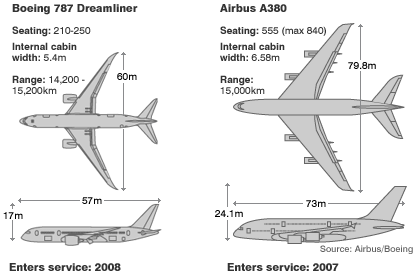The title "The New Space Economy is Getting Real" is referring to "the full range of activities and use of resources that create and provide value and benefits to human beings in the course of exploring, understanding and utilizing space".
Space travel is getting more and more affordable as the competition grows. Over the past few years the general perception of space tourism has changed from being considered "science fiction" to becoming recognized as an important new target for the space industry. This article states that by the year 2030 the space tourism industry could be reaching $100 Billion dollar a year industry creating millions of jobs. Large corporations have acknowledged that space tourism is the most promising commercial market in space.
What's next for NASA? "As a former astronaut and the current NASA Administrator, I'm here to tell you that American leadership in space will continue for at least the next half-century because we have laid the foundation for success -- and failure is not an option." Charles Bolden, NASA Administrator National Press Club, July 1, 2011.
This is a very bold comment by Charles Bolden about how America will continue to lead in space development. Currently America and NASA are still basking in the glory of landing on the moon 40 years ago while China is poised to take the lead in space development according to this article.
The US and NASA need to get it in high gear if they want to play key rolls in the future of space exploration. With goals such as landing humans on Mars and developing a Space Launch System NASA has the potential to hold on to the lead in space. Developing the required systems for exploration beyond the earth is the direction that NASA is taking, in affect positioning itself for the future as an absolute necessity to space exploration. However if you listen to Burt Rutan in this 2006 video he gives very little credit to NASA.
The Private sector in their quest to gain market for space exploration and sustainable space tourism, not to mention the possibility of winning the X-Prize, will be the driving factor behind most of the advancements and development of new technologies. On their website, the X Prize Foundation states that "the Foundation addresses the world’s Grand Challenges by creating and managing large-scale, high-profile, incentive based prize competitions that stimulate investment in research and development worth far more than the prize itself. It motivates and inspires brilliant innovators from all disciplines to leverage their intellectual and financial capital".
The current purpose of developing space travel, tourism and exploration has evolved from a space race of being the first country to put a man on the moon or national prestige to the new space economy. The potential to inhabit the Earths orbit, to space travel well beyond the Earth is a concept that will become a commonplace in the future. The benefits of all the research and development of the space industry is much more than just having resorts orbiting the Earth or creating power stations. The underlying benefit that is not talked about as much as tourism is the basic fact that we could be creating a path to human survival. In the future, manufacturing products using material that is harvested in space such as metals will be possible and necessary.
With all of the discussions and activity over the space industry by the government and private company's in creating and manufacturing space based products and systems, the career choices over the next few decades will be vast. In my belief anyone with an interest in this industry would be able to become involved if they get active and network with the industry leaders of the field.


